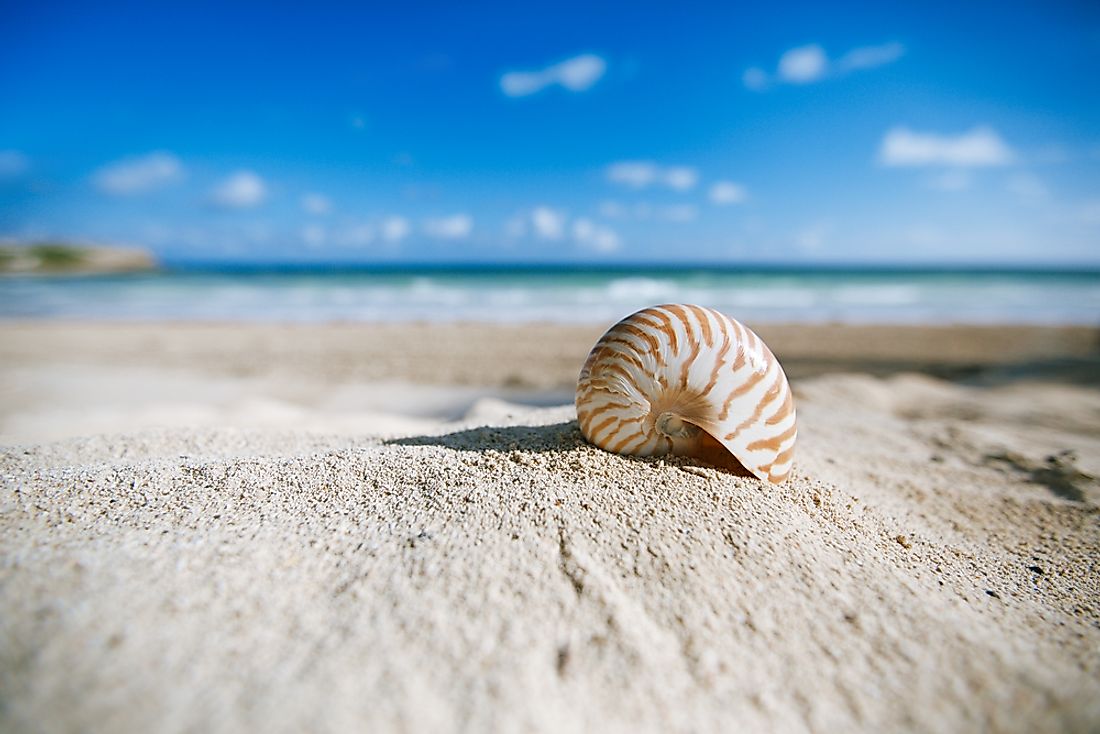What Are Beaches Made Of?

Beaches are landforms along the edge of water bodies, and they are made up of a variety of materials including sand, cobbles, rocks, pebbles, and shells. In the 21st century, beaches have become synonymous with recreation. Most of the world’s favorite tourist destinations are beaches - the likes of Bali, Maldives, Seychelles and many others. The earth is predominantly made up of water bodies, and so there are more beaches than other landforms such as mountains and forests.
Contents of Beaches
The primary material found on beaches is sand. The sandier the beach is, the more attractive it is likely to be. Most of the sand in many beaches are composed of quartz and feldspar. These grains have their origins in ancient igneous and metamorphic rocks as products of weathering and erosion. Quartz is the most abundant in beaches, and this is because of the chemical structure of its main component - silicon dioxide. Feldspar is made up of a combination of silica with sodium, potassium, or calcium. The stability of these chemical substances is not as strong as that of silicon dioxide in quartz.
Formation of Sand
The durability of quartz allows for it to withstand the turbulent transportation by rivers from the inland to coast and physical changes by waves. The chemical inactivity of silicon dioxide in quartz also adds to the durability as the likelihood of a reaction with other minerals and chemicals during the journey to the coast is also very low. There are other minerals found in tiny amounts in the beaches and one of them being mica which is responsible for the sparkle of the beach sand. Mica on the beach is typically in the form of tiny, flat-shaped flakes and although they are not as abundant as the other components of sand, they are noticeable especially on a bright day. However, mica does not last on the beach for too long. Due to its light weight and flat shape, mica is easily suspended in water and carried off by waves.
Beach Color
The color of the beach is usually dependent on the color of the quartz and feldspar. These substances are typically translucent and light in color giving the beach a grey color. However, in some cases, the sand is stained by oxidized iron and thus rendering the beach a yellow or orange-brown color. A significant portion of the brown coloration is also a result of brown-colored shells that are broken into minute pieces and mix with the sand grains.
Variations in Characteristics of Beaches
Beaches are as varied as they come. They can run for hundreds of miles in length or be as short as a walking distance around a small island. They can also be sandy or rocky in texture, brown or white. Width and gradient are also critical components in the description of beaches. The characteristics of beaches change over time particularly the shape and size, for instance, the beach width may change and the slope become steeper or flatter. This phenomenon is usually in response to different forces of nature. These changes influence the composition of the beach.











